Temple of Olympian Zues:
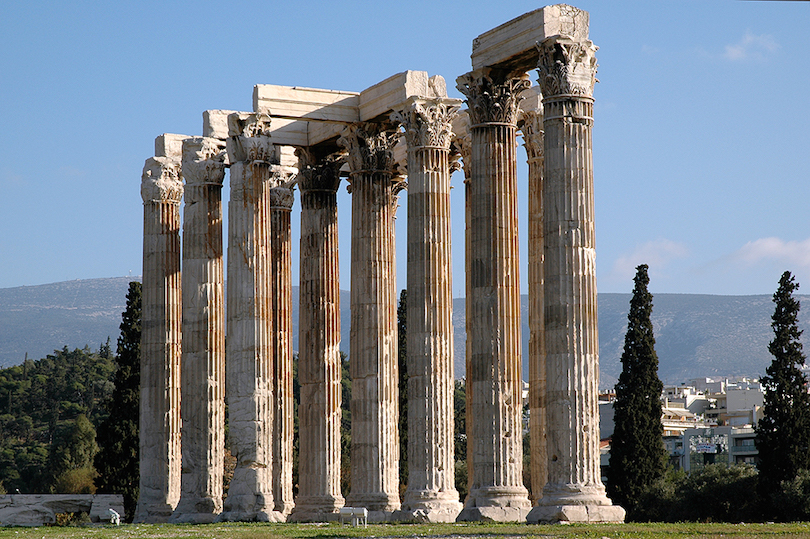
One of, if not the most important temple in all of ancient Greece. This temple was placed in the center of Athens and was dedicated to Zues. Construction of it began in 6th Century BC but not completed until 2nd century AD. It was then destroyed in a Barbarian invasion in 3rd Century AD.
The Parthenon:
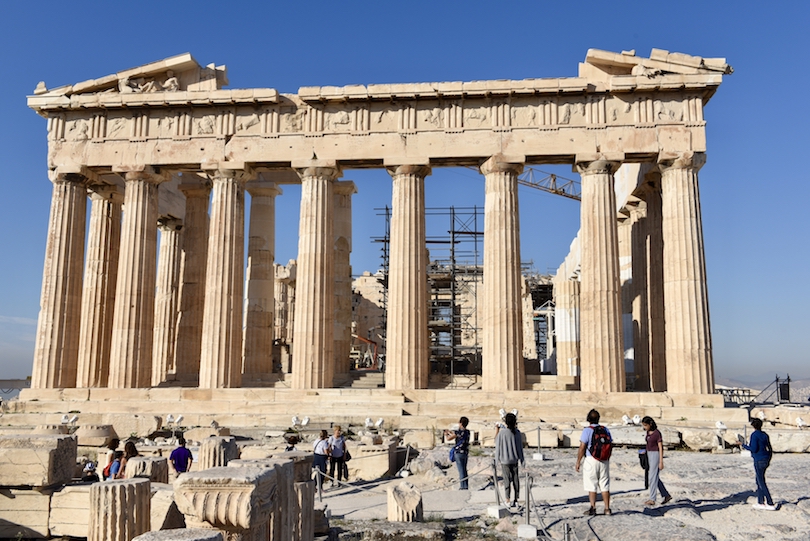
A large temple that was dedicated to the Goddess Athena. It was also placed in Athens, whose people considered Athena their patron. The main purpose of this temple was to house a large statue of Athena made of chryselephantine. Eventually, in 5th century AD, this statue would be stolen and destroyed by the Romans. During it's life, the Parthenon also stood as a fort, church, and even a mosque.
The Temple of Haphaestus:
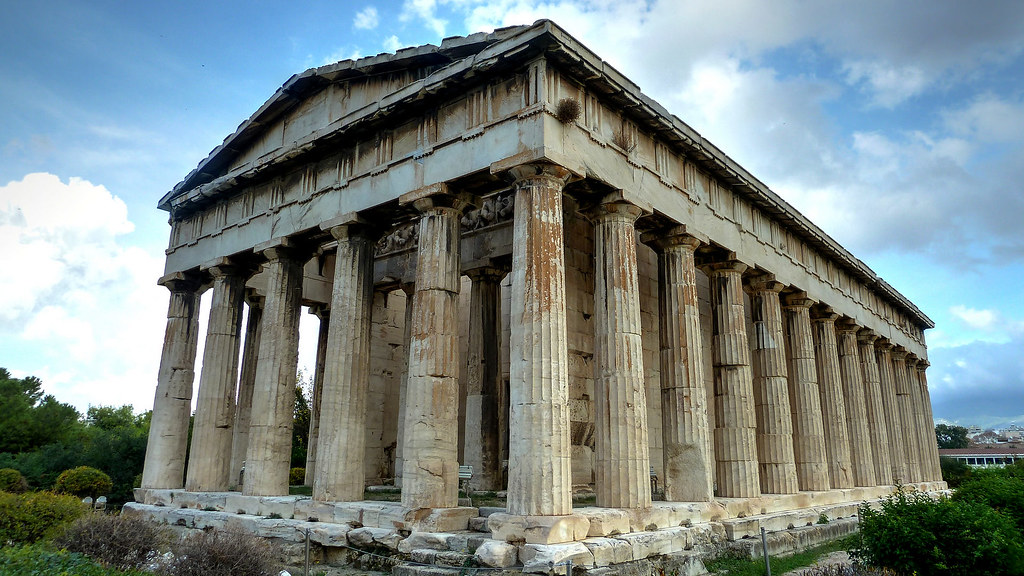
The Temple of Hephaestus is considered one of the best preserved Greek temples for it still stands tall today. According to Perusians, the temple houses two bronze statues of Athena and Hephaestus. It was constructed in 5th century BC in a district of foundries and metal workshops. Around 700 AD, the temple became a Christian church dedicated to Saint George. Eventually, the temple was converted into a Museum by the first king of Greece, Otto I which it would remain until 1934.
The Temple of Apollo Epicurius (aka "Bassae"):
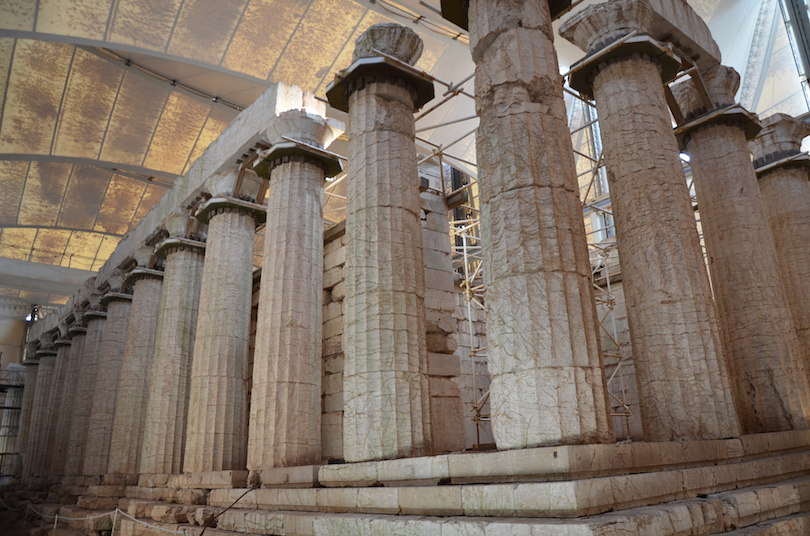
Dedicated to Apollo, this temple is one of the most studied Ancient Greek temples because of it's unusual features. It was constructed much earlier than many other Greek temples (in 450 BC to 400 BC, although there are some other earlier examples as well) and it is aligned north-south unlike many other temples which were aligned east-west. It is also unusual because it contains examples of all three classical architectural orders of Ancient Greece (Doric, Ionic, and Corinthian). Today, a tent covers it to protect the ruins.
Temple of Poseidon at Sounion:
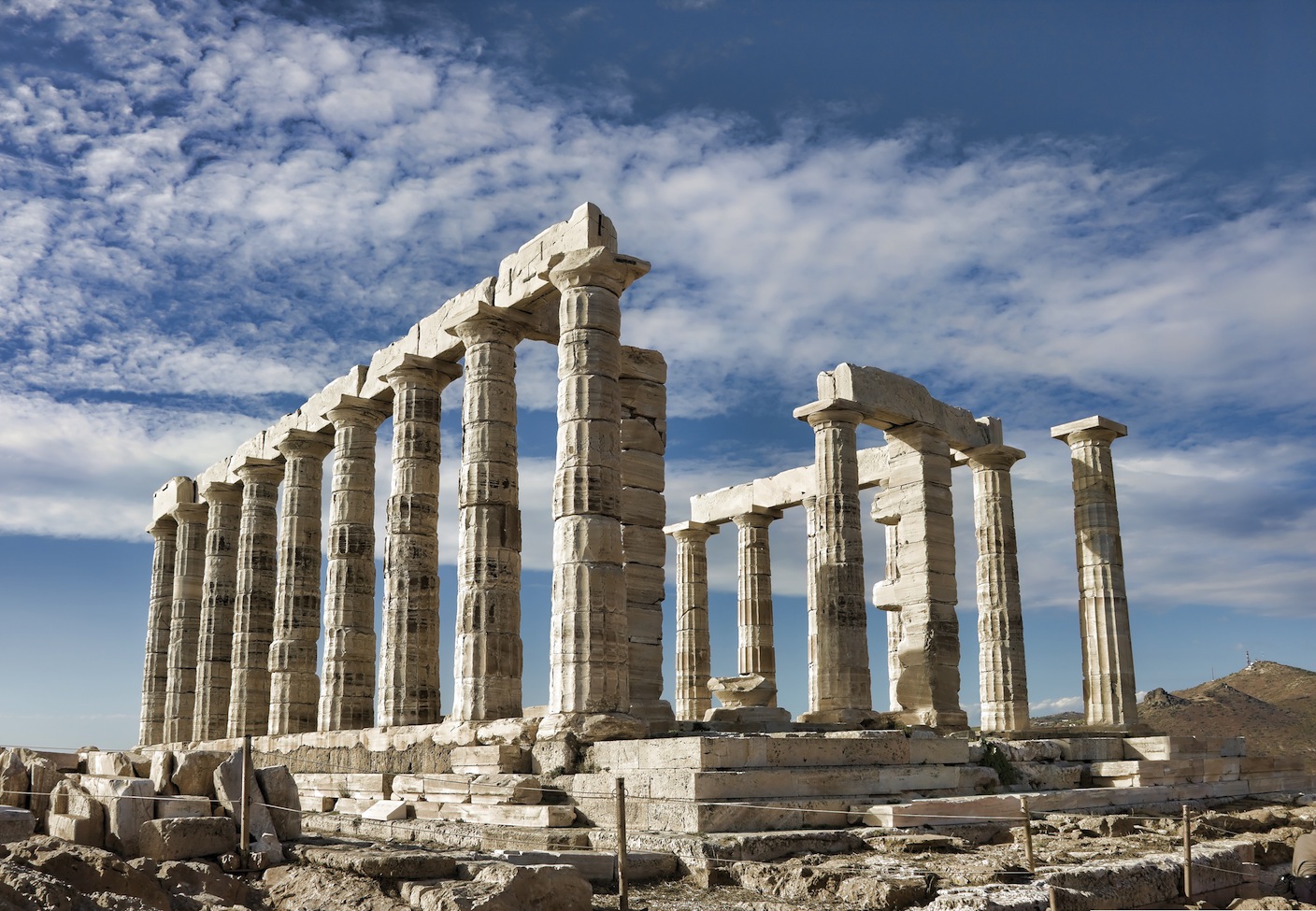
This temple was dedicated to Poseidon and was built approximately 444 BC to 440 BC during the "Golden age of Athens" (a time of huge economic growth for Athens). It was supposedly built on top of the remains of an even older temple. Intact, it supposedly really resembled the temple of Hephaestus.
Now, I could sit here all day and give examples of Greek temples dedicated to Gods and Goddesses along with brief description but you get the picture. For more information on these temples, or even more temples, see sources:
Sources:
https://www.touropia.com/famous-greek-temples/
https://en.wikipedia.org/wiki/Bassae
https://en.wikipedia.org/wiki/Temple_of_Poseidon_at_Sounion
https://en.wikipedia.org/wiki/Parthenon
https://en.wikipedia.org/wiki/Temple_of_Olympian_Zeus,_Athens
https://en.wikipedia.org/wiki/Temple_of_Hephaestus
https://en.wikipedia.org/wiki/List_of_Ancient_Greek_temples


2 comments:
These are really cool, Rico! It's interesting that the temples were like homes for the gods; the Greeks seemed to highly value family units and homes. As we also talked about in our presentation, they had central hearths and daily rituals surrounding them. Maybe the reason why the temples were not used as a place of daily worship is because the religious rituals were already such a large part of daily activities and life, and they were using the temple as a way to give their gods a place they viewed as an important center in life, a home. Also, the citizens made sacrifices to the gods in their own houses, and, as we said in our presentation, even had household shrines; no one had to be an expert in order to make sacrifices to the gods, so the temples weren't a daily necessity for worship. Worship and religion seems to have played an important role in unifying the people; while worship wasn't centralized in the temples, people were still connected through their religion because it was so interwoven into their other daily activities and home life. Also, women, who were restricted and sometimes not allowed to leave the house, were able to participate in religious rituals and festivals.
I totally agree with Natalia - it's so interesting how the Greeks seemed to idealize the concept of keeping certain spaces sacred for certain things. As was said in the presentations, they didn't allow women in specific areas of the house and used other areas only for worshipping Gods and Goddesses. Furthermore, it's interesting to see how graceful the architecture was at the time. Observing the ruins allows us to imagine how bold these temples must have stood in their prime. Clearly, the respect the Greeks had for the mythological figures was reflected in the effort put into these temples.
Post a Comment